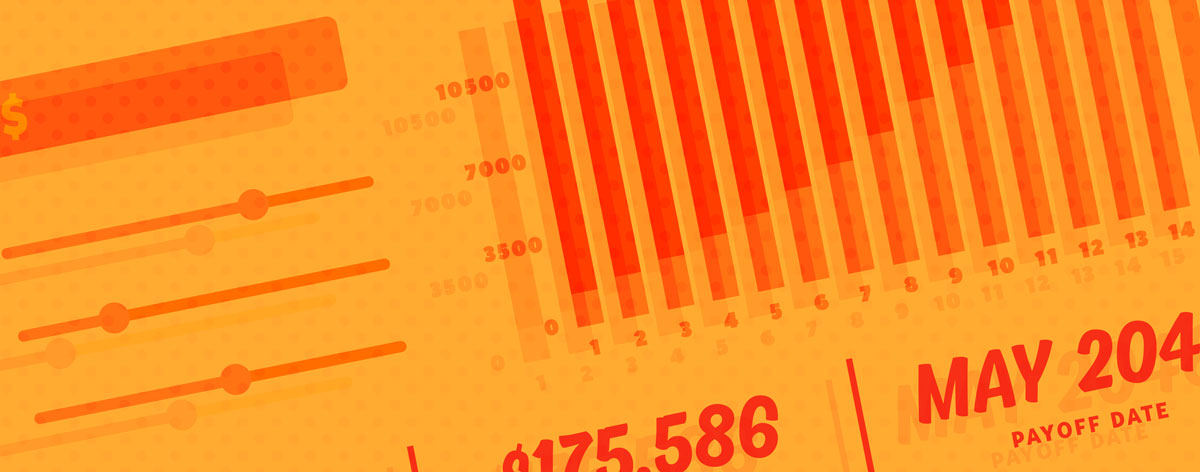Even if you’re just starting your first real job—actually, especially if you’re just starting your first real job—it’s time to start thinking about retirement. That’s not a comment on how motivated or unmotivated you are, or a suggestion that you should wish your life away. It’s just reality.
That’s because you, like many people, will be responsible for supporting yourself during the 30 or 40 years you can expect to live after you retire. To do that, you need a source of income that will stretch further than the safety net of Social Security and be more reliable than winning the lottery.
Some—but increasingly fewer—employers offer traditional pensions, which pay you retirement income based on your final salary and time on the job. Others contribute to a cash balance, profit sharing, or other plan on your behalf. But most employers offer you, instead, the opportunity to participate in a salary reduction plan, such as a 401(k) or 403(b).
If your employer offers a 401(k) or 403(b), it’s usually the most painless way to set aside money for the future. All you have to do is agree to have a percentage of your gross income to be withheld each pay period.
Participating in one of these plans has a few possible advantages:
Any tax-deferred contributions reduce your current income taxes since they’re subtracted from your income before tax withholding is calculated.
Contributions to a tax-free Roth 401(k) or 403(b) aren’t deductible. But when you withdraw after 59½, your earnings are tax-free (as long as your account has been open at least five years).
Many employers match a percentage of the contributions you make, building your retirement funds even faster.
Any earnings in your retirement plan account accumulate tax deferred. That means the earnings are reinvested to increase the base on which additional earnings can accumulate, a process called compounding.
When compounding is involved, time is money. The more years that you add contributions to your plan, and the more years that any earnings increase your principal, the larger your account balance has the potential to grow.
Of course, there are no guarantees about either the rate or the regularity of the earnings. They may be awesome one year and dismal the next, or they may go through longer, but still alternating, periods of growth and decline. That’s the reality of investing. Having time on your side means that bumps in the road, like a period when investment prices go down and your account value shrinks, don’t have to be fatal.
To show the impact of starting to invest as early as you can in a 401(k) or other retirement savings plan, compare the potential results if you began investing at different points in your working life. To keep matters simple, assume your employer doesn’t match your contributions and you put in the same amount each year you participate.
Remember that returns are not guaranteed. Your return could be low, and you could lose as well as make money.
401(k) Plan Started at Age 45
You decide to enjoy the money you have while you’re young, and you don’t start contributing to your 401(k) until you’re 45. If you contribute $5,000 a year and average an 8% annual return, you’ll have about $247,000 in your account if you stop contributing at 65, based on a total contribution of $100,000.
401(k) Plan Started at Age 35
When you reach 35, you realize it’s time to get serious about the future, so you start contributing $5,000 a year to your 401(k). Your investment return averages 8% a year. When you retire at 65, your account value will be about $611,000, based on a total contribution of $150,000.
401(k) Plan Started at Age 25
You start contributing to a 401(k) at 25, as soon as you’re eligible for a plan. You contribute $5,000 a year for 40 years until you retire at 65. Your return averages 8%, so your account value is almost $1.4 million, based on a total contribution of $200,000.

401(k) plans are the most common, and best known, employer sponsored salary reduction plans. But they’re not the only ones. If you work for a not-for-profit organization such as a school or college, a hospital, a cultural institution, or a charitable organization, your employer may offer a 403(b) plan, which operates in much the same way as a 401(k).
Similarly, the plan a state or municipal government offers may be a 457 plan, while federal government departments and agencies provide a thrift savings plan (TSP). And if you work for a small company—one with fewer than 100 employees—you may be part of a SIMPLE plan, an acronym for Savings Incentive Match Plan for Employees.
The rules differ slightly for each type of plan, and even among plans of the same type. But all offer the opportunity for tax-deferred earnings.
Neither Banzai nor its sponsoring partners make any warranties or representations as to the accuracy, applicability, completeness, or suitability for any particular purpose of the information contained herein. Banzai and its sponsoring partners expressly disclaim any liability arising from the use or misuse of these materials and, by visiting this site, you agree to release Banzai and its sponsoring partners from any such liability. Do not rely upon the information provided in this content when making decisions regarding financial or legal matters without first consulting with a qualified, licensed professional.


